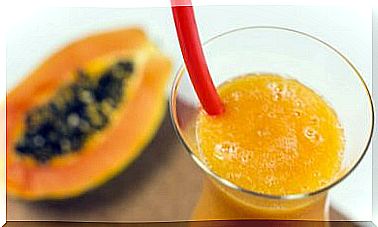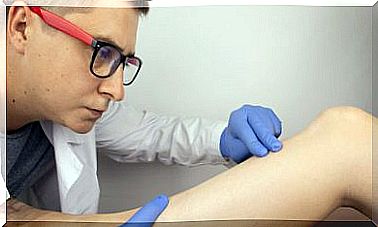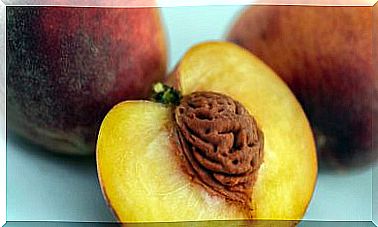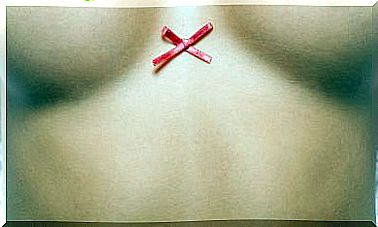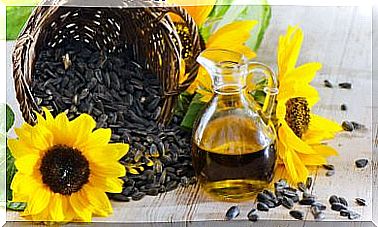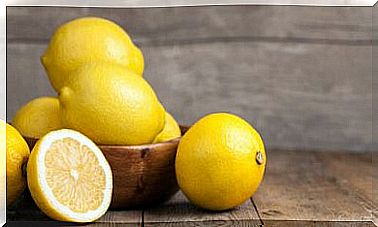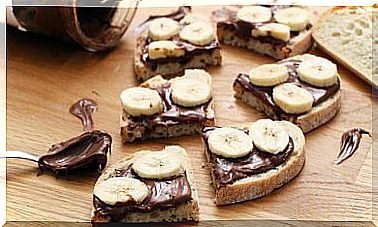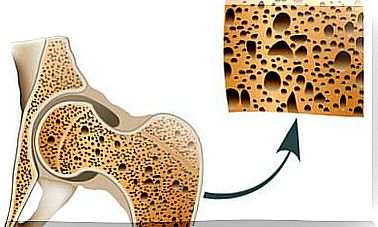How To Make A Solid Dishwasher Soap?
Common detergents are not usually the most recommended, because they contain many chemicals that are harmful to the environment and human health. Therefore, we want to teach you how to make a solid dishwasher soap.
You do not need a large number of ingredients to make it, nor do you need to be an expert in the field. Simply apply a few simple steps and you will have at your disposal a product that will help you not only wash dishes, but also clean any surface in the house that is not delicate.
Solid dish soap: why prepare it?
There are many reasons why creating your own homemade solid dish soap is an excellent idea. First of all, it should be noted that it is a respectful option with the planet, since it does not include aggressive chemicals that can affect the environment.
Added to that, the chances of developing allergies or adverse reactions are almost nil, since you have knowledge of the components that are placed on it. However, below we will detail some of the main reasons to prepare it at home.
Ecological option
Caring for the environment is a topic that is becoming increasingly important in the world. As a result, many people have chosen to use products whose ingredients are natural or as chemical-free as possible in their daily lives.
This way they make sure not to harm the planet. Homemade dishwashing soaps do not contain toxic components or preservatives or other harmful elements.
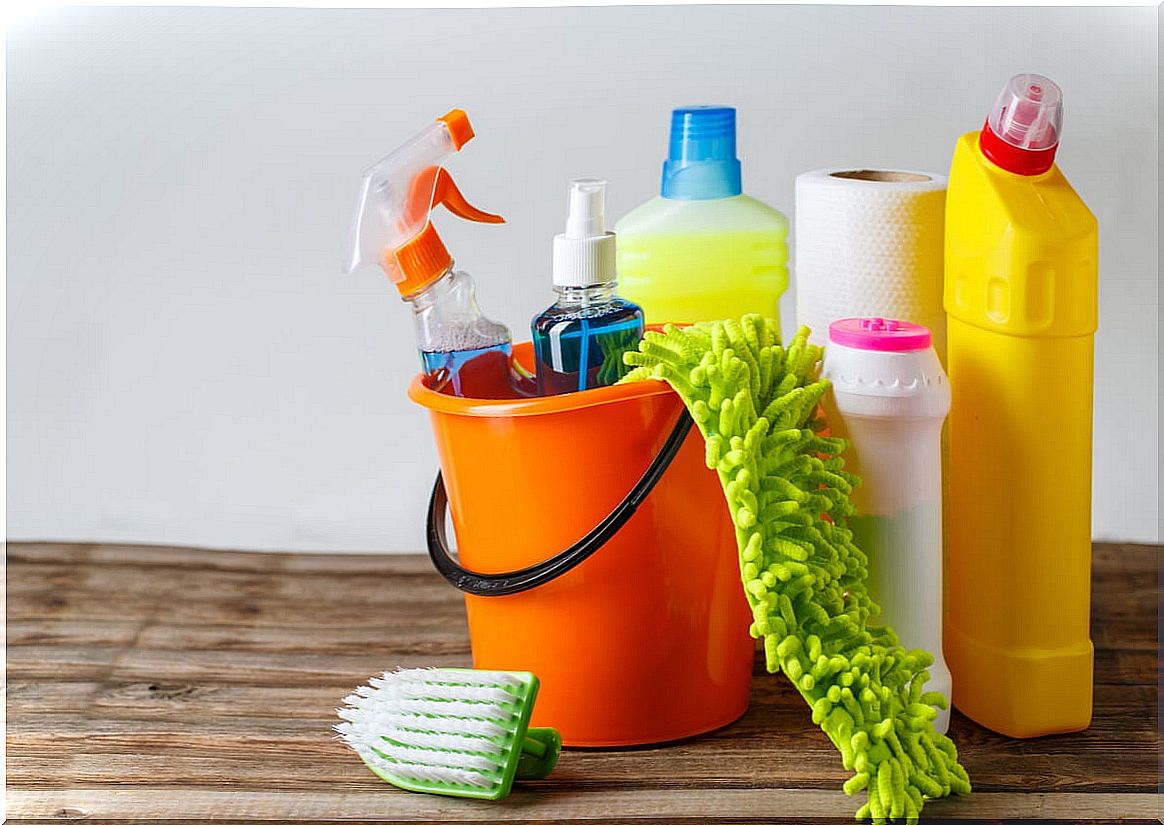
Beneficial oils for the skin
Homemade dishwashing soaps have essential oils. Each of them has its own benefits for the skin. For example, coconut oil improves elasticity and is hydrating.
Added to that, they contain vitamins that will help you heal wounds or skin conditions more quickly, such as dermatitis. They are also beneficial for dry skin. This means that you can wash the dishes with less risk of damaging the dermis.
Multipurpose
Commercial soaps come designed for different purposes. That is why they are classified according to their function, such as body soap, laundry soap, detergent, dishwasher, among others.
However, a very interesting point is that homemade soaps serve multiple functions and cleaning tasks. Not only will they serve you for the hygiene of the dishes, but you can implement it with the aim of removing dirt or stains on various surfaces.
Economic
Last but not least, this type of homemade elaboration is characterized by being inexpensive. They do not require a large number of elements to be specified. Even most of its ingredients are already available at home.
Recipe for making solid dish soap
Before starting with the recipe it is essential to talk about caustic soda and its precautions for use. The scientific name is sodium hydroxide or sodium hydroxide and it is a chemical used in making soaps.
It has alkaline properties, which means that it has a corrosive effect that can be harmful to the skin. For these reasons it must be used with great care.
When handling this item, wear a mask to avoid breathing the caustic soda. In addition, you must put on latex or garden gloves along with safety glasses.
Once you make sure to comply with all the precautionary measures, it is time to get down to work. The recipe below is for a 230 gram solid dish soap.
Ingredients
- 224 grams of recycled olive oil.
- 56 grams of coconut oil.
- 78.5 grams of water.
- 40.5 grams of caustic soda.
Preparation
- Filter the oil as much as you can. The cleaner the better, so using a very small strainer is an excellent idea.
- In the container that you will make the mixture, place the soda in the water and stir until it dissolves completely.
- When the mixture cools, add the recycled olive oil, stirring continuously. Followed by that, put the coconut oil. Make sure the oils and the soda are the same temperature when you join them.
- Keep stirring for about 1 hour.
- Little by little you will appreciate that the mixture is modified in color and thickness, until it looks like a cream.
- If you want to add aroma, add a few drops of an essential oil of your choice.
- After the mixture is ready, you have to put it in a mold. Leave it outdoors for 3 days.
- After that time, wrap the soap in paper for 25-30 more days to saponify.
- Store it in chunks or in one piece.
- Once that is done, you can now enjoy your soap to wash dishes or clean surfaces that are not delicate.
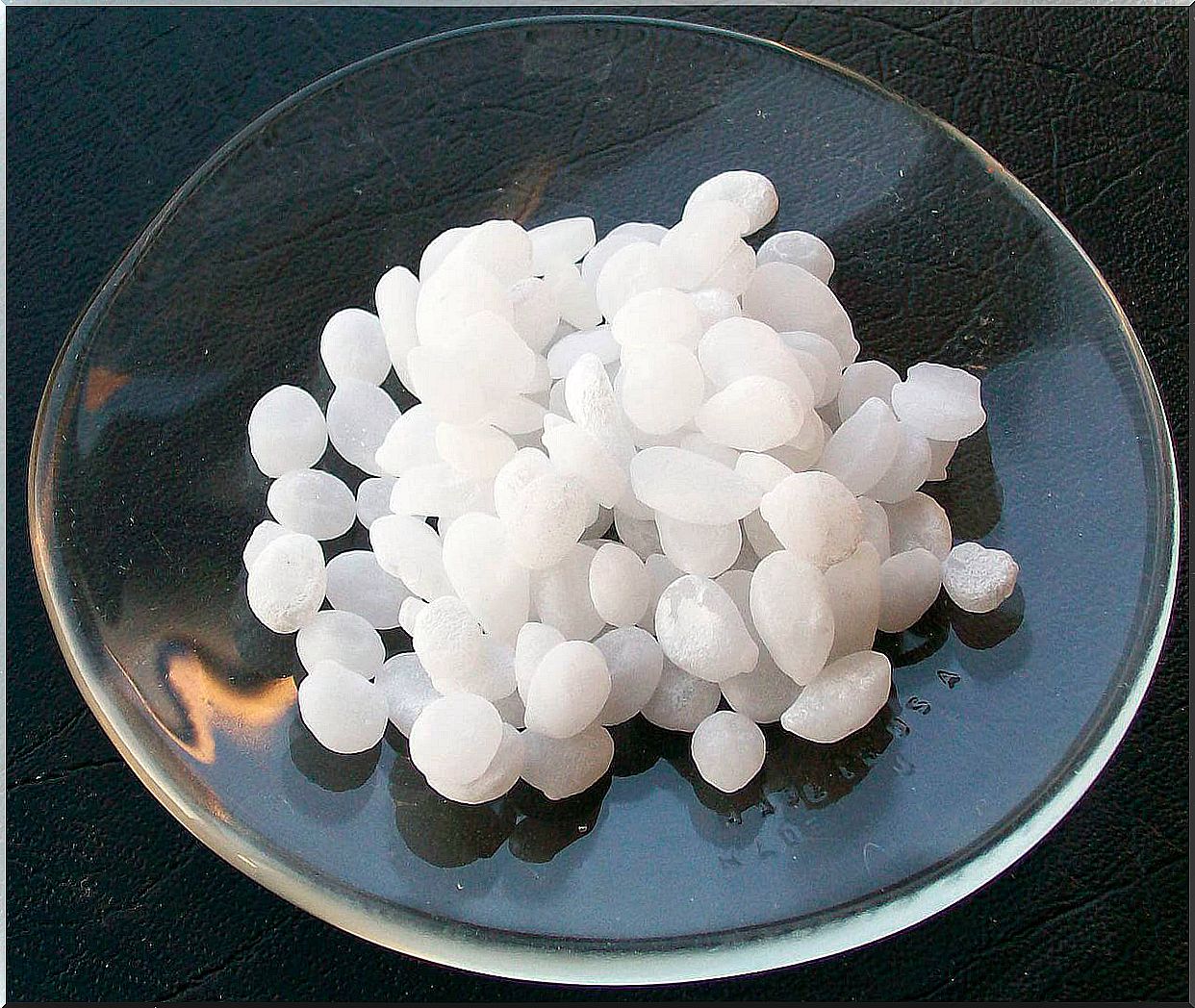
How to dissolve caustic soda correctly?
As we mentioned before, to make soap it must be taken into consideration that caustic soda reaches high temperatures when it comes into contact with water. Because of that, we will explain the steps to follow to dissolve it without risk.
Make sure you comply with the safety measures, that is, wear a mask, gloves and glasses. Then do the following:
- Pour the required water, based on your calculations, into a pyrex- type pitcher . Ideally, the water should be very cold.
- Weigh the caustic soda in your presentation and add it to the water, not too slow or too fast. You should sprinkle it, because it goes to the bottom quickly. Keep in mind that the soda is always applied to the water and never the other way around.
- Use a Teflon-type spoon and stir slowly. You will see that a hard layer forms on the bottom and the entire solution will begin to cloud. That’s normal.
- Let it rest for a few minutes and keep stirring. Little by little everything will dissolve until it clears up. One piece of information is that the final solution is always crystalline.
This element must be prepared before use, as soon as it reaches the recommended temperature. Do not let it get colder because it will absorb carbon dioxide from the environment and a layer of sodium carbonate will form.
Solid dishwasher soap is your eco-friendly creation
You can be environmentally friendly in a creative way. This will reduce the effect of chemicals on the planet and you will be contributing to the global ecology. They are small actions that mean a lot. So go ahead and prepare the solid dishwasher soap, always with the precautionary measures that we mention.
